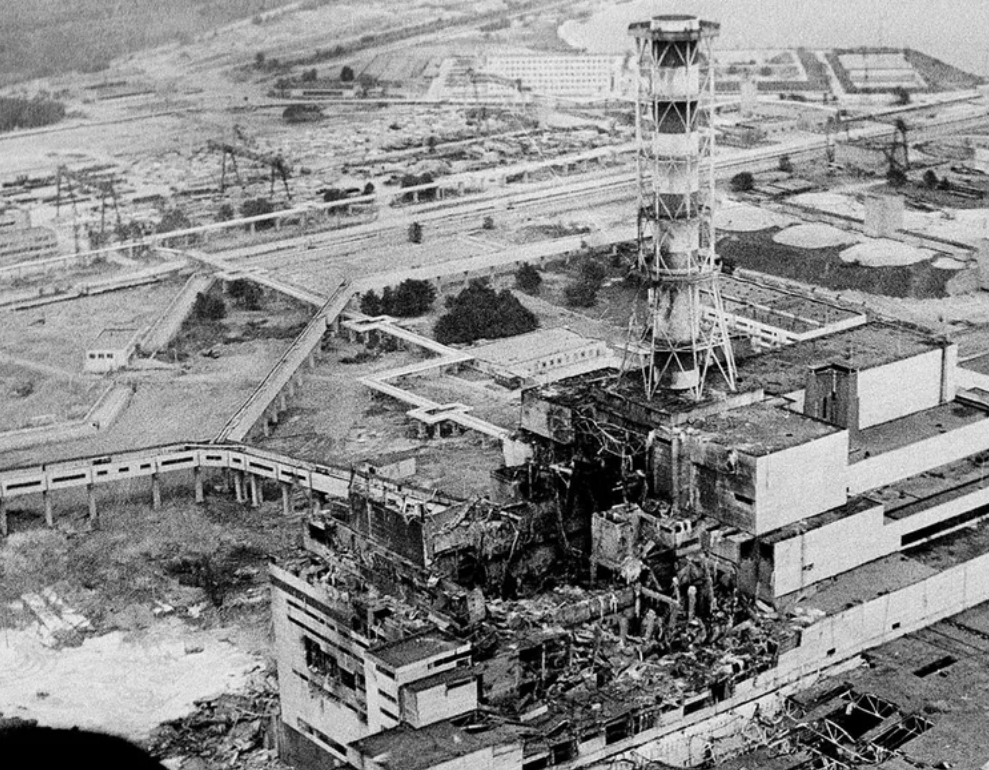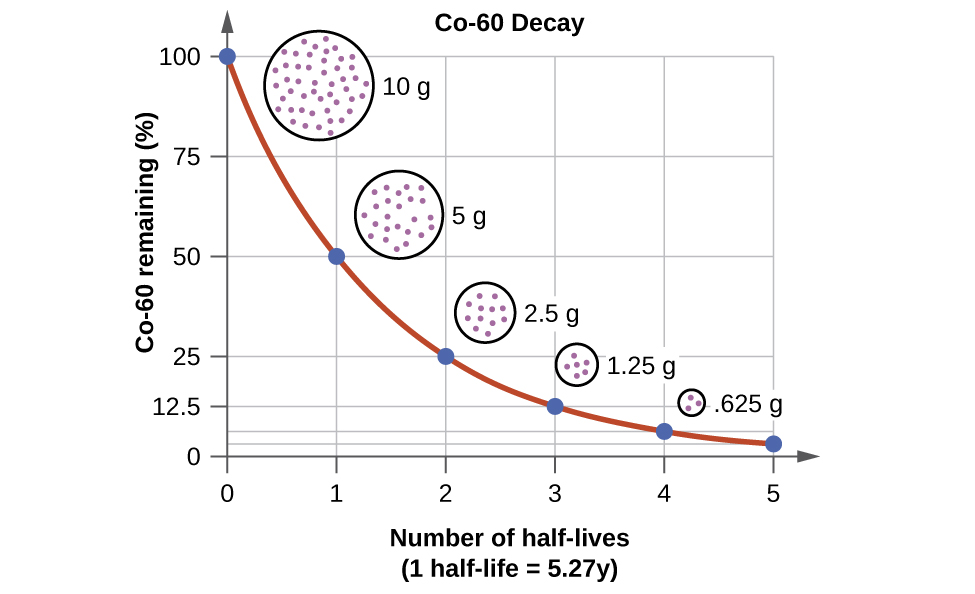
On the 26th of April, 1986, the Chernobyl Nuclear power plant in Pripyat, Ukraine exploded. The explosion released massive amounts of radiation into surrounding areas, which forced thousands of city residents to immediately evacuate. According to the United Nations, “…only 50 deaths can be directly attributed to the disaster…,” however “… they predicted a further 4,000 might eventually die as a result of the radiation exposure” from Chernobyl ( 2019). Pripyat has been studied extensively by radiation scientists but will become especially compelling for archaeologists in the future for two main reasons.
First, nuclear reactors use a specific radioactive isotope, Uranium-235, to produce energy. Like all elements, U-235 has a fixed half-life, or the amount of time an element takes to lose half of its radioactive atoms. Scientists use half-lives to determine the degree a radioactive element has decayed, which reveals the element’s age. U-235’s half-life is 700 million years, meaning future archaeologists will be able to determine the decay of the reactor core’s Uranium-235, therefore the era in which Chernobyl exploded.

Secondly, contrary to many archaeological sites, much of Pripyat will be perfectly preserved for future archaeologists. Both the power plant and city are heavily secured by the Ukrainian government due to the dangers of radiation. Since the evacuation of the city in 1986, citizens have been banned from radioactive areas (the power plant, cemetery, etc.) that will not be safe for thousands of years. Archaeological sites are often damaged or lost due to human activities such as construction or farming. If left undisturbed by the invading Russian forces, Pripyat will likely only be affected by natural disasters and weathering. Future archaeologists will have the Uranium half-life data from the reactor and the city of Pripyat at their disposal to study human activity during the 20th century.
Archaeology relies on context to generate conclusions on culture. Artifacts are meaningless to archaeologists if they can not be directly related to a specific culture or era. Chernobyl provides context in several ways. Radioactive clocks allow scientists to determine the era in which the city existed. Determining when the city existed provides historical insight into social norms, technology, international affairs, etc. Secondly, the perfectly preserved city will be a time capsule into the 20th century, containing a plethora of first-hand accounts. Chernobyl was a tragedy that resulted in the loss of many human lives. Nevertheless, the site will become incredibly important for archaeologists thousands of years in the future.
References:
Gray, Richard. “The True Toll of the Chernobyl Disaster.” Www.bbc.com, 26 July 2019, www.bbc.com/future/article/20190725-will-we-ever-know-chernobyls-true-death-toll#:~:text=According%20to%20the%20official%2C%20internationally. Accessed 17 Sept. 2023.
Photos:
Figure 1. Bennett, Matt. “2 Things We Believe: Chernobyl Was Catastrophic, and We Need Nuclear Power More than Ever.” USA TODAY, USA TODAY, 17 June 2019, www.usatoday.com/story/opinion/2019/06/17/hbo-chernobyl-tragic-nuclear-power-safe-clean-vital-column/1409096001/.
Figure 2. Gordon, Elizabeth. “5.7: Calculating Half-Life.” Chemistry LibreTexts, 8 July 2017, chem.libretexts.org/Courses/Furman_University/CHM101%3A_Chemistry_and_Global_Awareness_%28Gordon%29/05%3A_Basics_of_Nuclear_Science/5.07%3A_Calculating_Half-Life.
Additional Information:
HBO’s show and the debate on nuclear energy after Chernobyl- https://www.dandc.eu/en/article/miniseries-chernobyl-revolves-around-worst-nuclear-accident-world
The financial/environmental effects of the incident- https://www.thecollector.com/chernobyl-disaster-nuclear-power-plant-lasting-effects/

If scholars were to initiate an investigation concerning the power plant shortly, what might be the best archaeological approach to conduct this task?
Due to radiation levels, excavation of Chernobyl is currently extremely dangerous, and the site should be left undisturbed for the time being. However, if Chernobyl had to be immediately excavated, archaeologists would likely primarily utilize remote sensing technology. This would help to minimize exposure to radiation.